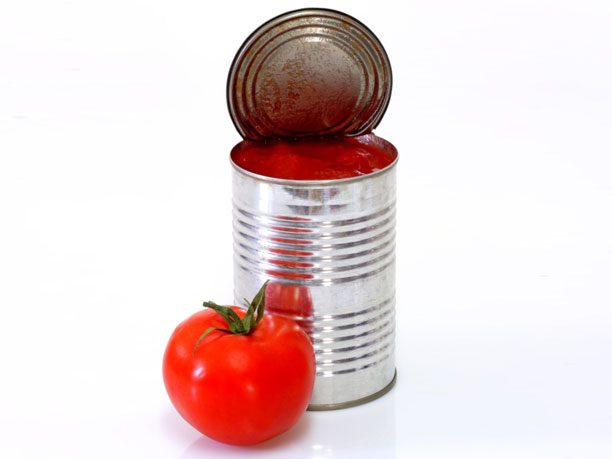
More from The Stir: Eco-Friendly Condoms: Is There Such a Thing?
As you probably know, these popular, newer,lower-dose birth control pills made with the synthetic progesterone known as drospirenone have developed quite a bad rep for themselves over the last couple years. And judging from firsthand experience, research, news stories, and friends' anecdotal evidence, it's completely warranted. Now, the FDA is investigating the situation.
Seems to me their valiant effort is too little too late.
I appreciate the FDA's concern in the matter, but other researchers have already covered similar ground. For instance, a recent study even showed that these pills lead to a 20 percent increased risk of gallbladder disease and another British study found women who took them had 2.7 times greater riskfor developing a blood clot than women taking "an older progestin."
And women already know the score. Besides suffering from gallbladder disease or blood clots, so many women who have been on Yaz or Yasmin report miscellaneous side effects such as: "I was a crazy person," "I was basically bipolar," "I felt numb," "My hair fell out," "I couldn't lose weight no matter what," "I lost my sex drive altogether, and it hasn't come back even months after stopping."
What a nightmare.
More from The Stir: Birth Control Pill is New but Not Improved
If the FDA is just out to confirm what other researchers and women already know, that's fine. But it's certainly not necessary. Nor will it necessarily be the most unbiased research. Already, they're leading women astray, asserting that previous studies have not reported an increased risk of blood clots, and that "women taking the pills with drospirenone should not stop taking them without first consulting their doctors." Apparently, women are incapable of deciding for themselves whether their pill is right for them or not. We need hand-holding from our doctors to figure out what's best for our health and well-being.
And oh, isn't this cute ... Bayer says they're "working closely with the FDA on the matter." Oh, I'm surethey are. Working to ensure they don't lose millions of dollars if the FDA affirms what prior studies have found.
So, thanks, but no thanks, FDA. It seems we already have the overwhelming evidence to conclude that pills containing drospirenone (Beyaz, Safyral, Yasmin, Yaz, Gianvi, Loryna, Ocella, Syeda, Zarah) should be pulled.
That said, there are plenty of other, safer birth control methods for women who currently use any of these. As far as pills go, I am really not a fan at all, because I think they all wreck your natural hormonal rhythm to create a bevy of problems ... But birth control pills that contain levonorgestrel, another version of progestin, seem to be significantly less risky (at least when it comes to blood clots) than those that use drospirenone. And hey, there's always the safest bet -- nonhormonal birth control, like the copper-T IUD or condoms!
What's your take on these lower-dose pills? Do you think the FDA and the pharmaceutical company have women's best interest at heart with this new investigation?


























![Nadya Suleman's outrageous Octo-stroller in 2009 [credit: FilmMagic] Nadya Suleman's outrageous Octo-stroller in 2009 [credit: FilmMagic]](http://phugcus.zenfs.com/phugc/gm50QPcCI1up/photos/1f496dd8ae178849dc60b9c9616448a7/mr_64ef46dbcdaddf.jpg?ug_____DTw6Utqp1)


